Managing customs and trade in Mainland China and Hong Kong SAR
By Alex Capri and Raphael MadarangMainland China and Hong Kong SAR have emerged as the economic and financial hubs of Asia, attracting scores of businesses engaged in the manufacture and distribution of goods from around the world. Despite both being economically active, people may view the two territories in stark contrast. Mainland China’s economy is strictly regulated, with a complex tax regime and relatively high trade barriers. Conversely, Hong Kong SAR is a free port that charges practically no customs duties and maintains a simplified tax system with minimal transactions costs. Dealing with two varying sets of regulations and regimes is part of reaching the markets to which Mainland China and Hong Kong SAR grant access.
This conundrum, like yin and yang, means that a seamless understanding of both regimes needs to be integrated into a company’s trade and customs strategies for the company to successfully venture into these markets. Neglecting one of these two regimes may result in unfavourable results.
Let us consider a common business structure involving the two territories. Mainland China often serves as a multinational company’s manufacturing base, while Hong Kong SAR functions as the trade gateway to and from the rest of the world. Both countries share objectives to maximise bottom lines by minimising duty costs, shortening delivery times, and mitigating risks of non-compliance. This model appears simple, but the interaction of administrative and regulatory variables may pose significant challenges as well as create open strategic savings opportunities.
Challenges
A key challenge is to properly document customs transactions since titles and commercial documents may change hands whether or not the goods are physically shipped across the border. If a multi-tiered customs transaction between Mainland China and Hong Kong SAR is mismanaged, a Chinese company may end up with “undocumented” goods that, according to customs records, should have been in Mainland China or vice-versa.
Another challenge has to do with U.S. Export Controls, which set limits and conditions on the circulation of products containing sensitive or strategic technology. Companies planning to export certain U.S.-made high-tech products, such as electronic devices, into Mainland China first need an export license in the U.S. If the shipment is done via Hong Kong, licensing requirements still apply. As a critical transhipment hub, Hong Kong SAR has implemented similar import and export licensing procedures to enforce these export control measures. If a Hong Kong SAR company ships controlled commodities to a Chinese counterpart without the requisite permits, severe sanctions from both Hong Kong SAR and U.S. authorities may be imposed. Thus, although deemed a free port, Hong Kong SAR is still regulated. Mainland China too has its own set of controls over high-tech products, particularly for encryption devices, which also require special government permits.
Opportunities
Various customs planning opportunities may be considered, and a Hong Kong SAR company and its Chinese manufacturer may participate in the different Processing Trade arrangements provided by the Chinese government. Under Processing Trade, a Chinese manufacturer can import raw materials free of duty, provided that the finished products are exported. The manufacturer may take title to the raw materials (Import Processing) or may simply provide manufacturing services without owning the goods (Contract Processing). Companies may also invest in special customs zones (i.e. Free Trade Zone, Export Processing Zone, Bonded Logistics Park, Bonded Port) or set up a special customs facility (i.e. Bonded Warehouse, Export Supervision Warehouse, Bonded Logistics Center) to claim duty and tax incentives.
Another potentially beneficial opportunity involves the free trade agreements (FTAs) that Mainland China has recently signed. These FTAs allow products from FTA participating countries (e.g. ASEAN, New Zealand) to enter China either without duty or at a reduced duty rate. In turn, Chinese exports to these countries would receive preferential treatment.
For Chinese manufactured products being exported to the U.S. through a Hong Kong SAR based middleman, a special customs valuation principle in the U.S. known as “First Sale for Export” allows the U.S. importer to pay customs duties based on the middleman price (i.e. profits are deducted from the dutiable value). This allows the U.S. importer to realise cumulative customs duty savings and improve the competitiveness of the Chinese-made product’s price in the U.S.
The unique intermingling of international trade and customs rules in Mainland China and Hong Kong SAR may present significant challenges and valuable opportunities for businesses intent on riding Asia’s economic wave. Therefore, companies need to understand this complex interaction of regulations to create strategies that align with their own needs and objectives. The benefits of crafting a customs plan that views Hong Kong SAR and Mainland China as a whole will work better than treating each territory individually.

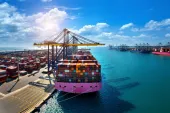
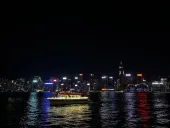
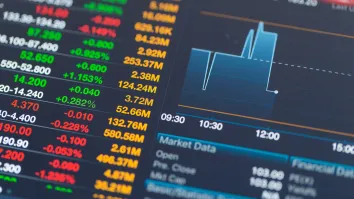


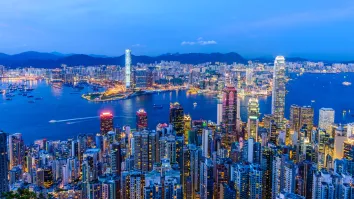









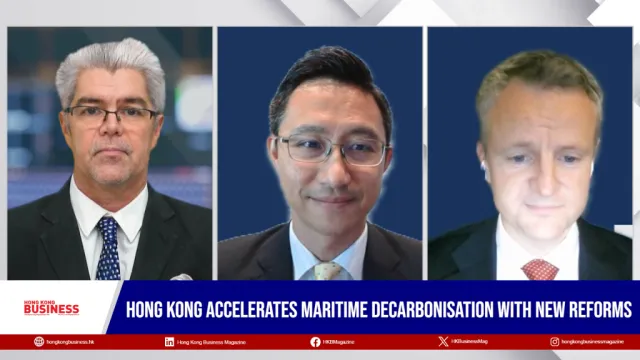
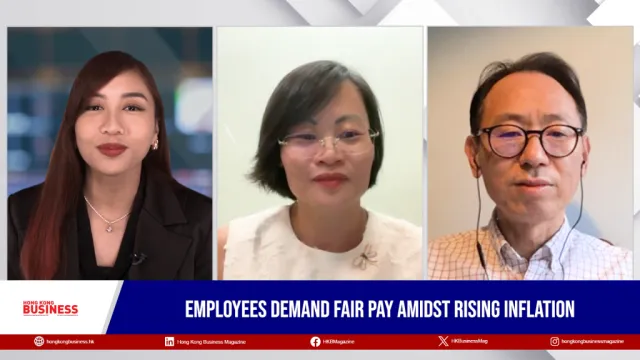

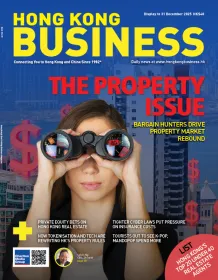
 Advertise
Advertise






